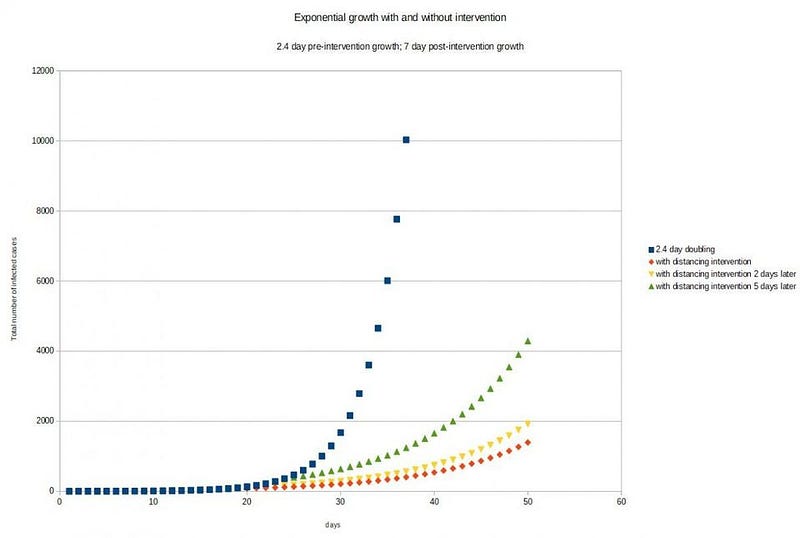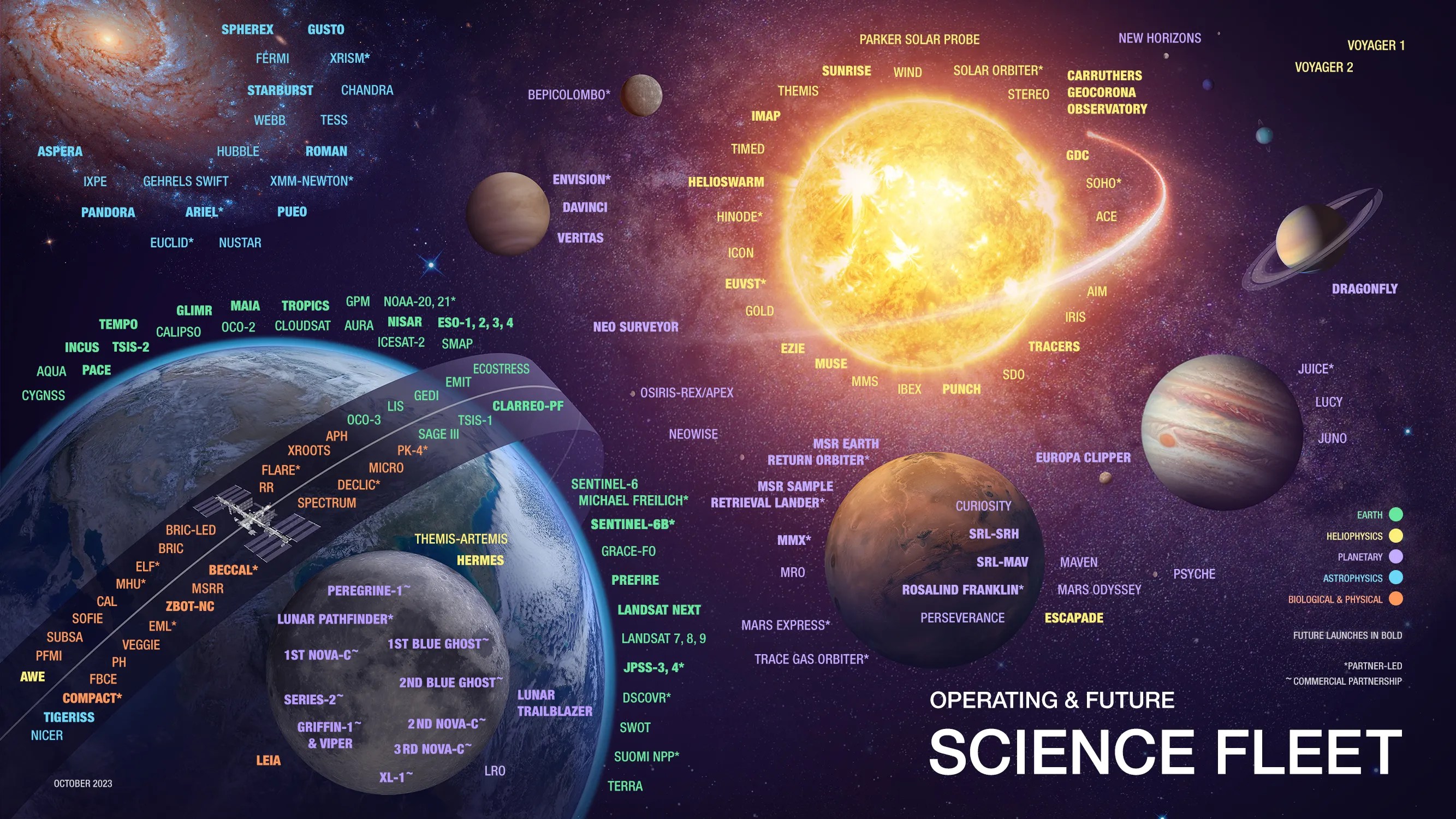Ending ‘Social Distancing’ For COVID-19 Will Create A Worst-Case Scenario

Ending social distancing won’t only make us sicker, but will tank the health care industry in the process.
The COVID-19 coronavirus pandemic continues to spread around the world. As of today, more than 450,000 total cases of infection have been recorded, with the actual number likely being much higher due to the lack of sufficient testing. More than 20,000 of those infected have died, according to the latest statistics, with the total number of infections and the death rate both continuing to rise exponentially.
For the past few weeks, many (but not all) of us have been practicing social distancing, doing what we can to keep ourselves and our communities safe. However, against the recommendation of every major public health and medical organization, many are advocating that we end social distancing to better promote economic interests. Unfortunately, the science of disease-spread is very clear on this issue: ending social distancing for COVID-19 will create a worst-case scenario.

Social distancing is a simple concept that is extremely useful, when widely well-implemented, at slowing the spread of an infectious disease. Applied to COVID-19, it includes these four steps:
- Not to come into contact with people outside of your home for any non-essential reason (essential reasons including things like obtaining food, medicine, and other necessary supplies).
- To leave your house as little as possible to accomplish these essential tasks (e.g., grocery shop once a week instead of daily).
- Not to come within 2 meters (approximately 6 feet) of others when you do leave your house.
- Not to participate in in-person gatherings at this time; restrictions on “numbers of people” are arbitrary, but zero is best.
If everyone adhered to these social distancing guidelines, the number of new infections would slow down to a trickle after a period of just a few weeks.

That’s the best-case scenario: the one where our behavioral changes can stop the spread of this novel coronavirus in its tracks.
On the other hand, if nobody followed these guidelines at all, the number of new infections would continue to rise exponentially, with the number of infected people doubling every few days. That’s the absolute worst-case scenario, where nobody changes their behavior at all.
What we’ve actually implemented thus far can best be described by the red curve above: mitigation. Many people are successfully practicing social distancing, but many others aren’t. People are still going to bars and restaurants; many people are keeping their businesses open; people are congregating in public and private spaces. In this case, we see a slightly slower exponential rise, but the number of cases still grows at this relentless pace.

Right now, the United States has the third most total number of coronavirus cases in the world, behind only China and Italy, though it’s likely to pass both by the end of the week. If the current rate of exponential growth continues — the rate we’re currently seeing due to our current (insufficient) social distancing measures — then 10% of the United States, or approximately 30 million people, will be infected with COVID-19 by mid-April. Although other effects could help quench this rise even without additional interventions, this remains a fearsome worst-case scenario.
COVID-19 is already being touted, according to the MRC Centre for Global Infectious Disease Analysis, as the most serious public health threat in a respiratory virus since the 1918 H1N1 influenza pandemic. While there are a few people comparing COVID-19 to the typical flu, it is nothing of the sort. As Professor Akiko Iwasaki of Yale has stated, “COVID-19 is 30 times more deadly and almost two times more contagious than the flu. We have no existing immunity to COVID-19.”

In an ideal world, what we’d be doing is performing widespread tests on everyone in the world to determine who has and doesn’t have COVID-19. People who tested positive would be quarantined, isolated and locked down, as would everyone that they came in contact with. If we could implement those measures, the number of new cases would drop the same way they rose: exponentially. But we don’t live in an ideal world.
From a disease control perspective, we have to work with the resources and information we have at our disposal today. We don’t have nearly the number of available tests necessary to successfully diagnose who has and doesn’t have COVID-19, and that’s a dealbreaker. In the absence of knowledge, we have to behave as though we’re all at risk. As stated very eloquently by Dr. Jen Totonchy, PhD in molecular microbiology and immunology, “we need to be doing more, sooner, to stop the spread of coronavirus.”

The reason is simple:
- our healthcare system has only a fixed number of hospital beds,
- approximately 19% of people who get infected with COVID-19 require hospitalization,
- in countries where the healthcare system hasn’t been overloaded (like Taiwan and South Korea), the death rate is below 1%,
- but in countries where the healthcare system has been overloaded (like Italy), the death rate could be 8% or even higher.
If we were to remove all social distancing measures and travel restrictions, human mobility would ensure that exponential growth will continue for weeks to come, resulting in a minimum of tens of millions of infections in the United States alone. We are truly at risk of a worst-case scenario: where some 40–80% of the population gets infected with COVID-19 in the next few months, and 8% or more of them may die. With a total population exceeding 300 million, the United States could experience even more COVID-19 deaths than the CDC’s or the MRC Centre’s “worst case scenarios” of 1.7 and 2.2 million, respectively.

There are a number of people talking about lifting the social distancing restrictions based on a specific calendar date, rather than according to the science of when it is safe to do so. Time periods as short as two weeks have been floated, which is wildly insufficient based on the current measures that have been taken. The idea is that this would help the economy, but all that would do is cause the health care system to collapse under the weight of COVID-19 cases. Tanking the health care industry, representing almost 20% of the United States’ GDP, will in no way save the economy.
According to Catherine Herzog, epidemiologist and disease ecologist, two weeks of isolation is insufficient to combat COVID-19, even if we perfectly self-quarantined and nobody came into contact with anyone outside of their homes during that time. “[After two weeks] some folks may just start showing symptoms then, and if we all start moving around again it will spread. We need to stop transmission more completely than that so it will take longer.” Each time we lift restrictions, she noted, new epidemics and outbreaks will ensue, as COVID-19 spreads newly through previously uninfected communities.

Without sufficient testing available — and it isn’t, even for many people who are experiencing COVID-19 symptoms but not severely enough to require hospitalization — the safest option from a public health perspective would be an immediate and country-wide shelter-in-place order, or lockdown.
If everyone didn’t physically contact anyone else outside of their homes (and it literally takes everyone to make it effective) for a sufficient time period, we could successfully stop the exponential growth of COVID-19 deaths. As it stands right now, people as young as 17 are dying in the United States, and many bars, restaurants, non-essential businesses, churches, and public gathering spaces not only remain open, but busy as well. With each day that passes under the status quo, the number of cases in the United States increases by approximately 25% at present.

Dr. Anthony Fauci, the director of National Institute of Allergy and Infectious Diseases, has strongly recommended against going out in public for any non-essential reason. Speaking to Jon Cohen at Science, he stated very clearly,
[E]verybody in the country, at a minimum, should be following the fundamental guidelines. Elderly, stay out of society in self isolation. Don’t go to work if you don’t have to. […] No bars, no restaurants, no nothing. Only essential services. When you get a place like New York or Washington or California, you have got to ratchet it up.
There are strong arguments to be made for greater restrictions, with many states having already implemented stricter rules than the CDC’s minimum recommendations. The goal is to protect others and limit the number of deaths from this disease, and locking at-risk places down (and most places are now at-risk) is the most effective disease control strategy we have that’s implementable today.

The most important takeaway is this: COVID-19 is deadly, at least thirty times as deadly as the flu, and spreads easily and rapidly through an unrestricted population. The way we all lived our lives and publicly interacted with one another prior to March of 2020 is not a safe or sustainable way to live today, at perhaps the most critical time in this pandemic. Self-isolating as much as possible, to a much greater degree than we’re doing at present, is the best course of action we can presently make.
But if we remove our social isolation measures now, when we should be maximizing them more than ever, we’ll see tens of millions of Americans infected by mid-to-late April, with a substantial percentage of them very likely to die. The worst-case scenario can still be avoided, but only if we all act responsibly, and in the interest of the public good, right now.
Ethan Siegel is the author of Beyond the Galaxy and Treknology. You can pre-order his third book, currently in development: the Encyclopaedia Cosmologica.





